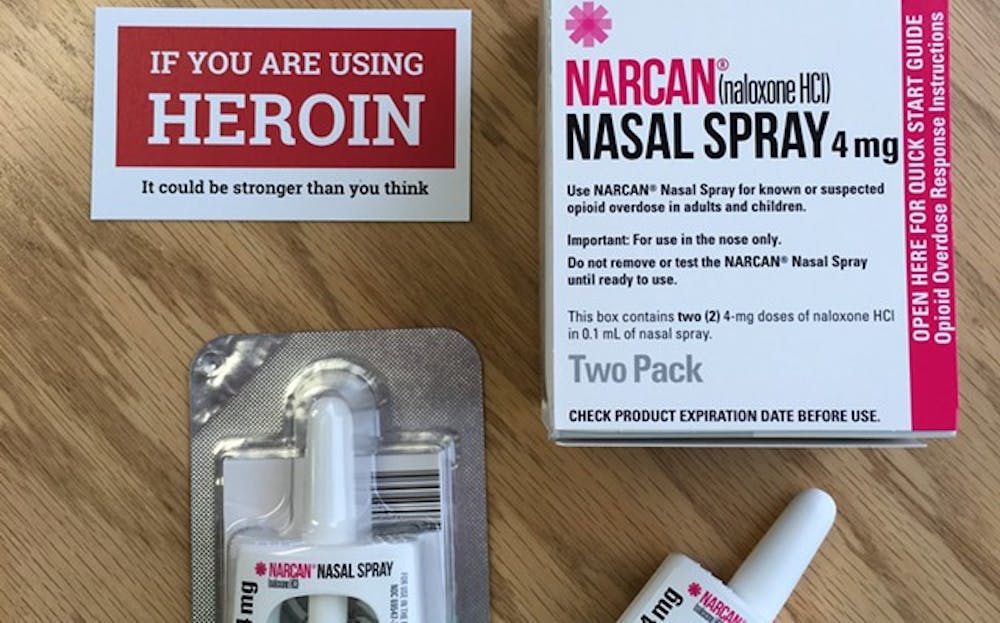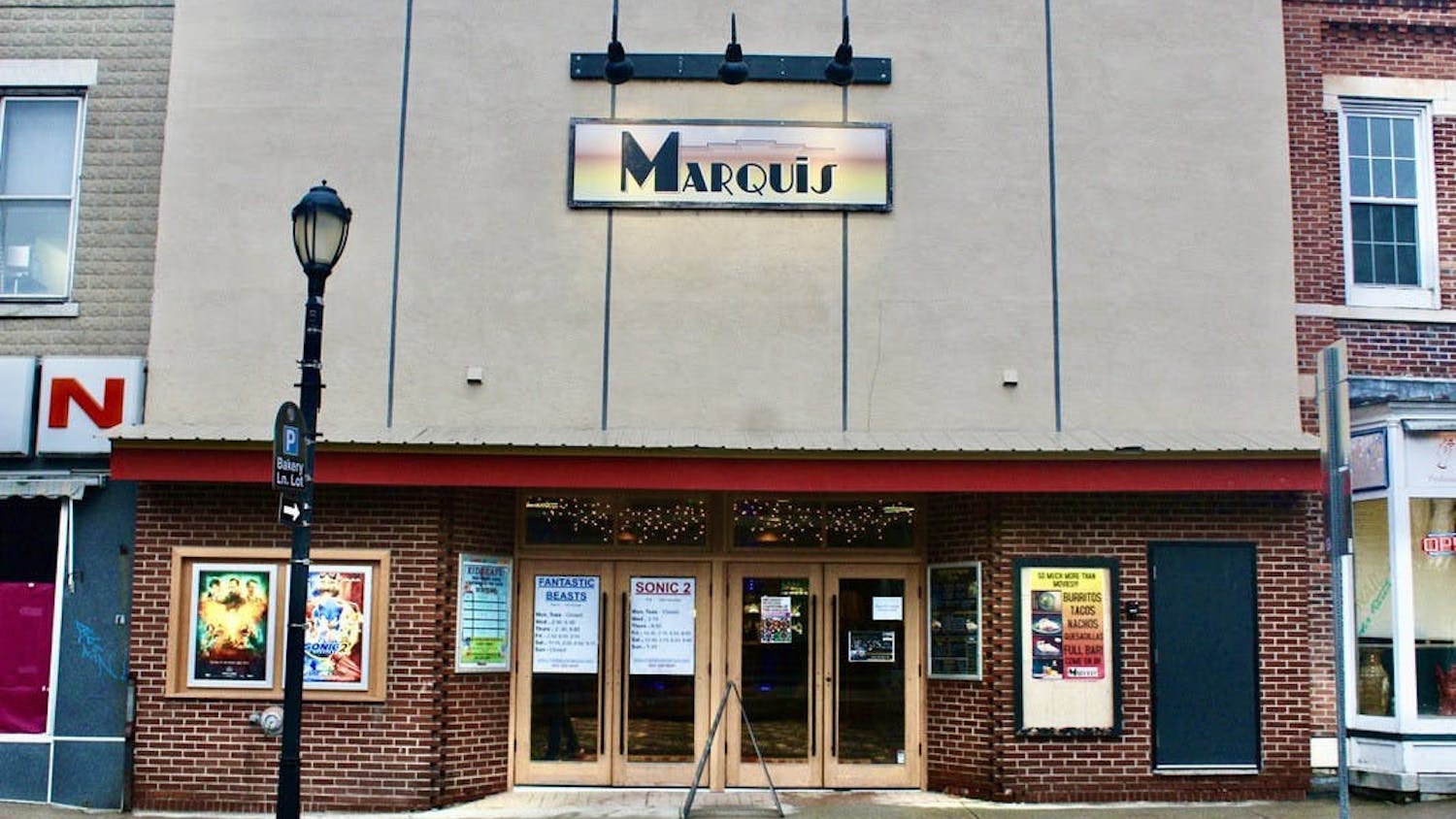MIDDLEBURY — With the opioid crisis continuing to erupt across the country, Vermont government officials seem to be breathing a collective sigh of relief for the first time in years. Identified in 2016 by the Centers for Disease Control and Prevention (CDC) as a state with a significant increase in opioid overdoses, Vermont has recently responded by pouring resources into addiction recovery programs. Through the Care Alliance for Opioid Addiction, Vermonters in need of treatment can seek out medication-assisted therapy (MAT) in the comfort of a local treatment facility.
A state report published on Jan. 22 shows that opioid use in Vermont has decreased by 96 percent coupled with nearly a 100 percent decrease in overdoses. These recent improvements can predominantly be attributed to the time and money the state department has invested in opioid-addiction programs that span the state. Implemented only four years ago, the Hub and Spoke system of the Care Alliance for Opioid Addiction creates an accessible environment with individualized treatment techniques.
Through the program, patients are anchored to a local treatment facility (or hub) for the legal and guided dispensation of methadone and buprenorphine, narcotics used to treat opioid addiction. Stemming from this more generalized system of treatment are the spokes of the program—patients are assigned a specialized team of a nurse, physician, and coordinator in an attempt to pinpoint the nuances of their addiction. From this, addicts can be appropriately dealt with on an individual level as there is one three-person team for every 100 patients. Furthermore, with seven hub clinics, Vermont officials stress that opioid-addiction care is accessible in every region of the state and is simultaneously incorporated into the healthcare system.
Despite recent improvements, citizens are haunted by images of opioid abusers passed out on bus benches, loved ones waving goodbye in the morning and never returning, and local news stations devoting more and more time to heroin overdose stories. Residents of the state were sent into a quiet turmoil in 2014 when the former Governor Peter Shumlin committed his entire State of the State address to discussing Vermont’s “full-blown heroin crisis.” His call for treatment reformation sought to aid, not punish, drug abusers. His focus and empathy regarding the opioid emergency arguably has shifted the way in which public and legal discourse is now handled—rather than viewing heroin use as a reason to incarcerate people, he called for the recognition of addiction as a “chronic disease.”
The New York Times reported that under Gov. Shumlin’s guidance, opioid treatment in Vermont increased by over 770 percent between 2000 and 2014. Although this can be seen as a victory because many addicts are seeking out the necessary treatment, it did not preclude the 80 opioid-related fatalities in 2015 or the 112 in 2016, according to the Vermont Department of Health. While it is rather challenging to pinpoint the cause of the epidemic, the National Institute on Drug Abuse has turned to healthcare providers. In the late 1990s, pharmaceutical companies confirmed that there was not a sizable risk for addiction to opioid medications, leading to a spike in prescriptions by physicians. Before it was apparent that opioid addiction was a national problem, it was too late. By 2015, Today, patients abuse these prescribed drugs at one-fifth to one-third of the rate of the previous two million reported in 2015 by the National Institute on Drug Abuse.
Dr. Mark Levine, Vermont’s Health Commissioner, acknowledges these troubling statistics but sees the state’s tremendous improvements as an indication of a hopeful future. In an interview on Vermont Public Radio, he expresses the gradual process of systemic changes that have allowed for the partial alleviation of this crisis. “We’ve made great progress and we need to acknowledge that, although we can’t let up and we have to embark on numerous additional initiatives,” Levine said.
This constant understanding of progress as a first step instead of a resolution may be what keeps the state government’s continuous efforts in action. “We have capacity now with no waiting lists for anyone who is seeking treatment to have access to treatment, we have a very strong history of partnership with Medicaid,” Levine said. “In prevention we have new prescriber rules that we’re beginning to see some traction from, [and] … a Vermont prescription monitoring system which has been effective.”
These programs address healthcare roadblocks and the overzealous prescribing of opioids for pain relief. Although two Vermonters die each week week from opioids, the government has recognized the epidemic and is seeking innovative ways to address it. Some citizens have voiced their concern that more resources should be devoted to opioid education rather than focusing funds on addiction clinics.
Jolinda LaClair, director of Vermont’s drug prevention policy, sees the integration of school and community educational programs as a crucial next step in addressing the crisis. Others argue that homeopathic solutions should be explored and endorsed as a viable option instead of the current MAT offered by the state. Despite varied perspectives on how to deal with the crisis, it is clear that Vermonters share a common goal—improvement, and eventually total alleviation, of opioid abuse.




